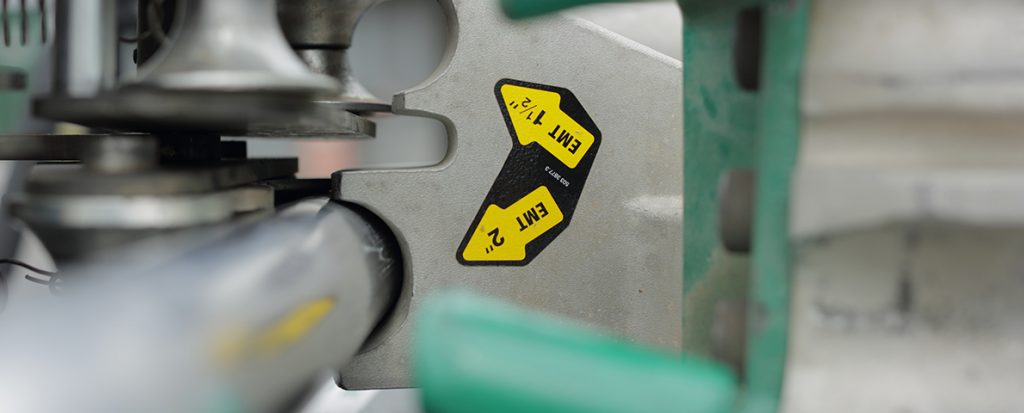When comparing EMT vs rigid aluminum, there are a lot of differences you might not have previously considered. There are benefits to both, and the professionals with American Conduit will be happy to share them with you. Whichever type of conduit you choose, the best material is aluminum – for many reasons. Here’s a brief look at both EMT and rigid conduit, and why aluminum will always be the best choice.
EMT
EMT, short for electrical metallic tubing, is a type of conduit that has thin walls and no threads. You connect sections of EMT by using clamps. These clamps, which slide onto each end of the tubing, are secured through the use of setscrews.
One of the reasons why EMT is a popular choice for both industrial and commercial use is that it’s lighter than rigid metal conduit, and it’s also thinner. It’s very easy to cut as well as bend, making installation much easier and faster. EMT can be used in a wide range of environments, including damp environments, areas exposed to the weather, and more. Not only does EMT made of aluminum resist corrosion, it’s also strong enough to protect delicate wiring.
If you need to make any kind of changes to your wiring, EMT makes it easy to do so. It serves as its own grounding conductor, so no other type of conductor will be needed.
Rigid Aluminum Conduit
Rigid aluminum conduit is also known as rigid metal conduit, or RMC. It has threads as well as thick walls, with sections connected by screws. Thanks to its thickness, RMC is not only very strong and durable, it also does a great job of protecting cables from impacts and other types of damage. RMC will also protect nearby sensitive equipment from electromagnetic interference.
While RMC is extremely rugged, its thickness makes it more expensive. It also requires more effort to install because it’s significantly heavier than EMT. Because the connectors are threaded, it will typically take longer to install as well. So remember to take that into account when deciding between EMT and rigid aluminum conduit.
Aluminum – The Clear Choice
There are two main types of metal used to make both EMT and RMC – aluminum and galvanized steel. When you look at all the benefits of aluminum, there really is no comparison. Here are just some of the ways in which aluminum beats steel.
- Weight – Aluminum weighs about one-third as much as steel, making it a lot less expensive. Not only does it cost less to purchase and ship, it also costs less to install. Steel conduit typically requires at least two or three workers to move it and put it in the ground. One person can easily maneuver and install aluminum conduit, on the other hand.
- Corrosion resistance – Steel has a hard time holding up over time because it will corrode and rust. Coating galvanized steel with zinc will help protect it against corrosion, but it’s very expensive to buy this type of conduit. You won’t have those concerns when you purchase aluminum conduit.
- Convenience – Aluminum is easy to bend and cut without the need for any special tools.
Ready to Learn More?
The experts with American Conduit will be happy to answer any of your questions regarding EMT vs rigid aluminum conduit. Call 1 (800)-334-6825 or contact us online.

